Allodynia is when a person feels excessive discomfort, described as pain, burning, or pinching in situations that do not cause such sensations in healthy people.
To simplify the definition of allodynia, it would be a feeling of pain disproportionate to the factor that led to it. Such a stimulus may be a gentle touch, a change in ambient temperature, or skin contact, e.g., with a trouser belt, handbag, or backpack straps.
Medicine knows many diseases that lead to excessive perception of external stimuli, not caused by tissue damage but by damage to the nerves or their surroundings. Doctors call this type of discomfort neuropathic pain.

Pain is a psychosomatic phenomenon, as reflected in the definition of the International Association for the Study of Pain![]() (IASP) – it is unpleasant sensory and emotional experiences caused by actual or threatened tissue damage or perceived as damage. Therefore, it is a subjective, multi-area experience experienced individually by a person, and this explains its diversity.
(IASP) – it is unpleasant sensory and emotional experiences caused by actual or threatened tissue damage or perceived as damage. Therefore, it is a subjective, multi-area experience experienced individually by a person, and this explains its diversity.
Various theoretical models of pain try to explain this fact – probably the most universal model is also an attempt to combine most theoretical assumptions into one coherent whole. Pain![]() is often conceptualized as a process consisting of four closely interconnected stages. The first stage is a sensory-discriminatory experience
is often conceptualized as a process consisting of four closely interconnected stages. The first stage is a sensory-discriminatory experience![]() , which causes a reaction of unpleasantness in the second stage, which is a form of a simple emotional response with a cognitive function
, which causes a reaction of unpleasantness in the second stage, which is a form of a simple emotional response with a cognitive function![]() involvement. Both stages can be assessed using simple methods, for example, the visual analog scale (VAS).
involvement. Both stages can be assessed using simple methods, for example, the visual analog scale (VAS).
The third stage of pain, called “suffering”![]() , is a more complex phenomenon because it consists of extensive emotional reactions (e.g., depression, anxiety, anger) closely linked to the patient's views on pain. Personality traits, experiences, pain management methods, and other factors also model this stage. It is the most different stage; it can only be assessed using complicated methods (assessment of personality, views, defense strategies, etc.).
, is a more complex phenomenon because it consists of extensive emotional reactions (e.g., depression, anxiety, anger) closely linked to the patient's views on pain. Personality traits, experiences, pain management methods, and other factors also model this stage. It is the most different stage; it can only be assessed using complicated methods (assessment of personality, views, defense strategies, etc.).
The fourth and final stage is the behavioral expression of pain![]() – sometimes called pain behavior. It is determined by daily activity, mobility, and similar factors. This stage is assessed using patient questionnaires or structured “outside” observation.
– sometimes called pain behavior. It is determined by daily activity, mobility, and similar factors. This stage is assessed using patient questionnaires or structured “outside” observation.
In the neurophysiological scheme![]() , sensory-discriminative perception means that information about a harmful stimulus is transferred from the periphery to higher levels of the nervous system via afferent neurons. Thin, myelin-covered A-delta fibers or demyelinated C fibers conduct stimuli. Larger fibers conduct faster, transmitting the correct information about pain, while smaller fibers conduct slower and are responsible for the sensation of unpleasantness accompanying pain. This phenomenon is sometimes called “second pain.”
, sensory-discriminative perception means that information about a harmful stimulus is transferred from the periphery to higher levels of the nervous system via afferent neurons. Thin, myelin-covered A-delta fibers or demyelinated C fibers conduct stimuli. Larger fibers conduct faster, transmitting the correct information about pain, while smaller fibers conduct slower and are responsible for the sensation of unpleasantness accompanying pain. This phenomenon is sometimes called “second pain.”
Information about pain reaches through many routes, from the posterior horns of the medulla to the reticular formation, thalamus, and cortex. Lateral pathways lead to the ventrobasal part of the thalamus (neospinotalamic pathway), which is probably responsible for the pain discrimination function. However, paleospinotalamic pathways – heading towards the central part of the thalamus – are involved in the vegetative and emotional pain components.
According to Melzack's gate control theory![]() , cognitive factors such as attention, memory, and the value system adopted by the patient influence the perception of pain at the stage called suffering through descending pathways from higher cortical centers to the brainstem.
, cognitive factors such as attention, memory, and the value system adopted by the patient influence the perception of pain at the stage called suffering through descending pathways from higher cortical centers to the brainstem.
Neuropathic pain![]() is pain that occurs in the nervous system. Under normal conditions, the nerves transmit pain signals through the spinal cord in the spine to the seat of consciousness, i.e., the brain. These signals inform about potential or existing tissue damage. As a result of physical or chemical damage (e.g., during chemotherapy) to nerve structures or due to disruption of their functioning, they may begin to send incorrect, exaggerated, and distorted information about pain to the brain. Such pain is very troublesome because it is very unpleasant. Standard painkillers do not cope with it well and it often intensifies at night, causing insomnia.
is pain that occurs in the nervous system. Under normal conditions, the nerves transmit pain signals through the spinal cord in the spine to the seat of consciousness, i.e., the brain. These signals inform about potential or existing tissue damage. As a result of physical or chemical damage (e.g., during chemotherapy) to nerve structures or due to disruption of their functioning, they may begin to send incorrect, exaggerated, and distorted information about pain to the brain. Such pain is very troublesome because it is very unpleasant. Standard painkillers do not cope with it well and it often intensifies at night, causing insomnia.
Patients characterize neuropathic pain as numbness, tingling, burning, bursting, or passing electric current. Allodynia![]() , a symptom often described in the group of neuropathic disorders, consists of the painful sensation of stimuli that do not cause a pain reaction in healthy people (blowing, touch-stimulation below the pain threshold). In diagnostics, in addition to a medical interview and a physical examination of the patient, additional specialized tests are used to provide an image of the defect in the structures of the nervous system: electromyography, evoked potentials, or nerve conduction tests.
, a symptom often described in the group of neuropathic disorders, consists of the painful sensation of stimuli that do not cause a pain reaction in healthy people (blowing, touch-stimulation below the pain threshold). In diagnostics, in addition to a medical interview and a physical examination of the patient, additional specialized tests are used to provide an image of the defect in the structures of the nervous system: electromyography, evoked potentials, or nerve conduction tests.
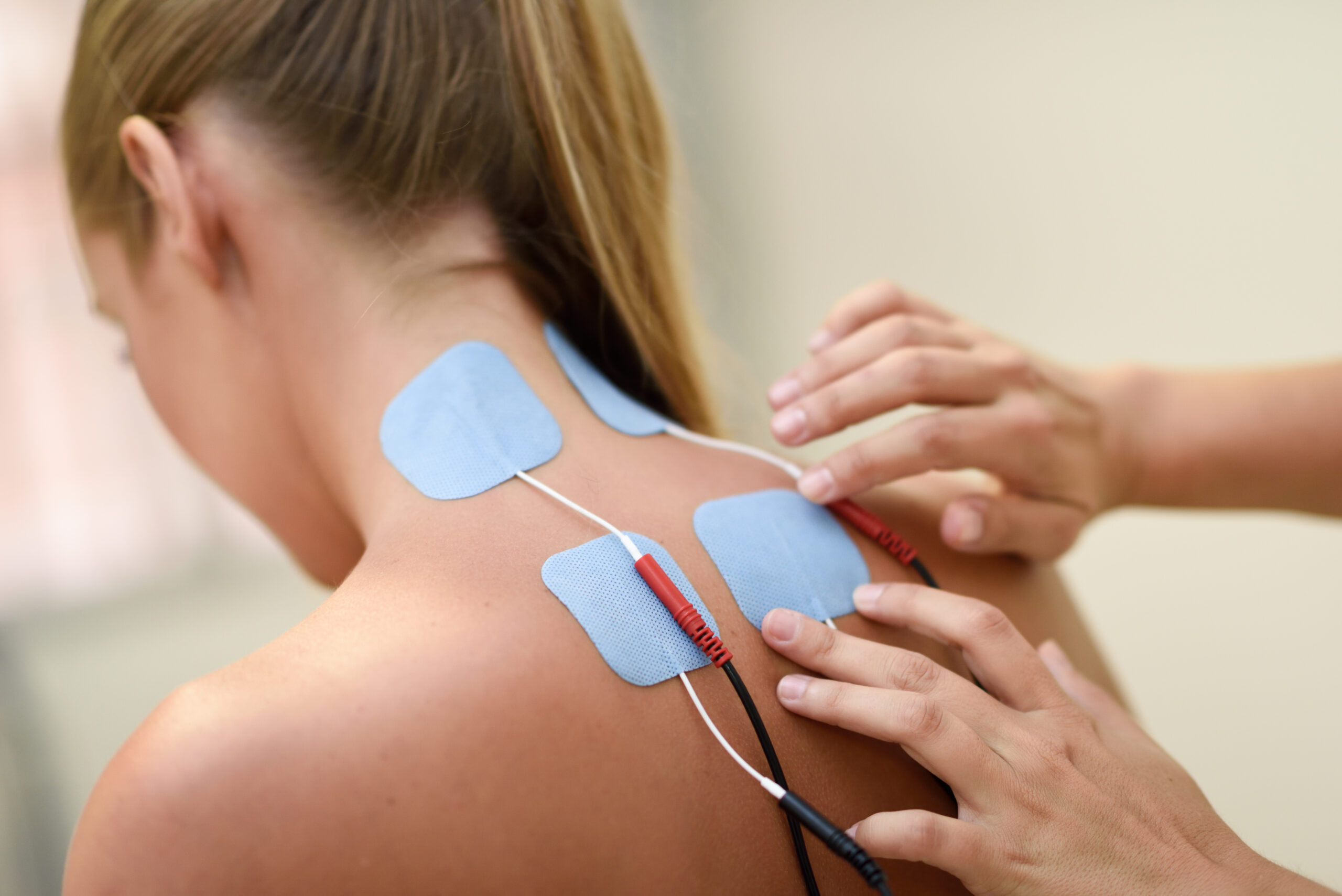
In clinical practice, the standard for diagnosing neuropathic pain is still a carefully collected history and physical examination. By interviewing the patient, the doctor looks for possible causes of damage to the UN or its diseases – e.g., diabetes, previous surgery, chemotherapy. The specialist pays attention to the characteristic terms the patient uses when describing his pain: burning, burning, like an electric shock, tingling, stinging, itching, and numbness. Neuropathic pain may have a different temporal nature: paroxysmal, constant, agitated, or spontaneous. In the next stage, the question should be answered whether the pain has a separate neuroanatomical location and whether there are sensory disturbances characteristic of neuropathic pain in the area of pain.
The pain may be accompanied by negative sensory symptoms (hypoesthesia, decreased temperature, and pain sensation) or positive sensory symptoms (allodynia, hyperalgesia, paresthesia, dysesthesia). Sensory symptoms may also occur without typical pain and may be more troublesome than pain, e.g., hypersensitivity to touch or temperature. Sensory disorders were assessed in clinical practice using simple bedside tools – a cotton swab, a gauze pad soaked in spirit, a brush, a needle, and a reed. In doubtful cases, more detailed electrophysiological tests may be performed (e.g., nerve conduction assessment, skin biopsy), ultimately confirming the diagnosis of neuropathic pain.
Pain in allodynia may occur in response to various types of stimuli. Three basic kinds of disease have been distinguished.
The pain occurs when touched. It may be by touching the skin with something, pouring water, or directing air onto it. The occurrence of pain does not depend on the temperature of the object touching the skin surface. Dynamic![]() (mechanical) allodynia negatively impacts the patient's quality of life, as the pain may occur under the influence of stimuli of very low intensity.
(mechanical) allodynia negatively impacts the patient's quality of life, as the pain may occur under the influence of stimuli of very low intensity.
Static allodynia![]() is caused by pressure exerted on the skin. In the case of this type of condition, it may be impossible to carry a backpack on the back of a watch on the wrist; in extreme cases, pain is caused even by the clothes worn.
is caused by pressure exerted on the skin. In the case of this type of condition, it may be impossible to carry a backpack on the back of a watch on the wrist; in extreme cases, pain is caused even by the clothes worn.
During thermal allodynia![]() , the pain stimulus appears in response to a rapid change in temperature. The pain may accompany simple everyday experiences, e.g., eating ice cream or drinking hot tea.
, the pain stimulus appears in response to a rapid change in temperature. The pain may accompany simple everyday experiences, e.g., eating ice cream or drinking hot tea.
There can be many causes of allodynia![]() . The most common among them is diabetic neuropathy. When glucose concentrations are too high in the blood, anomalies occur in the structure and functioning of nerve fibers. Other allodynia diseases may include tumors that press on the nerves or their surrounding areas.
. The most common among them is diabetic neuropathy. When glucose concentrations are too high in the blood, anomalies occur in the structure and functioning of nerve fibers. Other allodynia diseases may include tumors that press on the nerves or their surrounding areas.
Other factors that may lead to this disorder include:
Symptoms of allodynia![]() include the pain mentioned above, burning, stinging, numbness, tingling, or the sensation of burned skin or electricity piercing the body, which is felt due to contact with an external factor.
include the pain mentioned above, burning, stinging, numbness, tingling, or the sensation of burned skin or electricity piercing the body, which is felt due to contact with an external factor.
Symptomatically, these unpleasant sensations involve nerve damage, not tissue damage. Therefore, the pain in allodynia may look different in each person, and each person will describe the intensity of this feeling differently. For many people with allodynia, even a gentle breeze or light touch can trigger painful sensations.
The list of allodynia symptoms can be diverse, which is due to several different causes causing this condition (from diseases to other anomalies). Some people may therefore, experience, for example, increased sweating, episodes of paroxysmal pain, and muscle weakness in the area of damaged nerves.
Allodynia most often affects women![]() , as well as people with obesity, struggling with long-term stress, often also having depressive episodes, chronically overtired, smoking cigarettes, or suffering from migraine pain.
, as well as people with obesity, struggling with long-term stress, often also having depressive episodes, chronically overtired, smoking cigarettes, or suffering from migraine pain.

Diagnosing allodynia![]() is based on the following:
is based on the following:
Allodynia is the most severe form of hyperalgesia![]() . This term describes conditions in which patients experience severe pain under the influence of an agent that does not cause pain in an average person.
. This term describes conditions in which patients experience severe pain under the influence of an agent that does not cause pain in an average person.
Allodynia is also associated with fibromyalgia![]() , as well as other neuropathies such as migraines and postherpetic neuralgia. Fibromyalgia is diagnosed by chronic, general pain in muscles and joints and the existence of tender spots on the body, even slight pressure, which leads to significant discomfort.
, as well as other neuropathies such as migraines and postherpetic neuralgia. Fibromyalgia is diagnosed by chronic, general pain in muscles and joints and the existence of tender spots on the body, even slight pressure, which leads to significant discomfort.
Allodynia (intensified unpleasant feeling of normal stimuli) and spontaneous pain may have various causes, so it is significant to carry out thorough diagnostics to help determine what caused allodynia. The specialists say that in approximately 20% of cases, the primary cause cannot be determined – the so-called idiopathic allodynia.
Blood and head imaging tests, such as computed tomography or magnetic resonance imaging, are often ordered. It is also essential to collect a thorough interview regarding previous diseases and the occurrence of additional symptoms, as well as a complete neurological examination.
The treatment of allodynia is based on pharmacotherapy![]() , which may vary depending on the type of allodynia presented by the patient. In the case of highly severe dynamic allodynia, opioids and compounds that act on various types of ion channels are used.
, which may vary depending on the type of allodynia presented by the patient. In the case of highly severe dynamic allodynia, opioids and compounds that act on various types of ion channels are used.
If static allodynia![]() occurs, the medications that usually provide the best results are sodium channel blockers and opioids. Treatment for any allodynia type usually begins with nonsteroidal anti-inflammatory drugs.
occurs, the medications that usually provide the best results are sodium channel blockers and opioids. Treatment for any allodynia type usually begins with nonsteroidal anti-inflammatory drugs.
In addition to the above groups of drugs, the use of NMDA receptor antagonists, e.g., ketamine and anticonvulsants, brings promising results.
Psychological intervention![]() should be based on an individual assessment of patients and should aim to identify factors that may perpetuate pain or disability and actively counteract these factors, and include:
should be based on an individual assessment of patients and should aim to identify factors that may perpetuate pain or disability and actively counteract these factors, and include:
The intervention should be consistent with the principles of cognitive behavioral therapy. The specialists aim to:
Table of Contents

Nerve pain, which specialists refer to as neuropathic pain, maybe a complex and regularly troublesome condition emerging from harm to the nervous… read more »
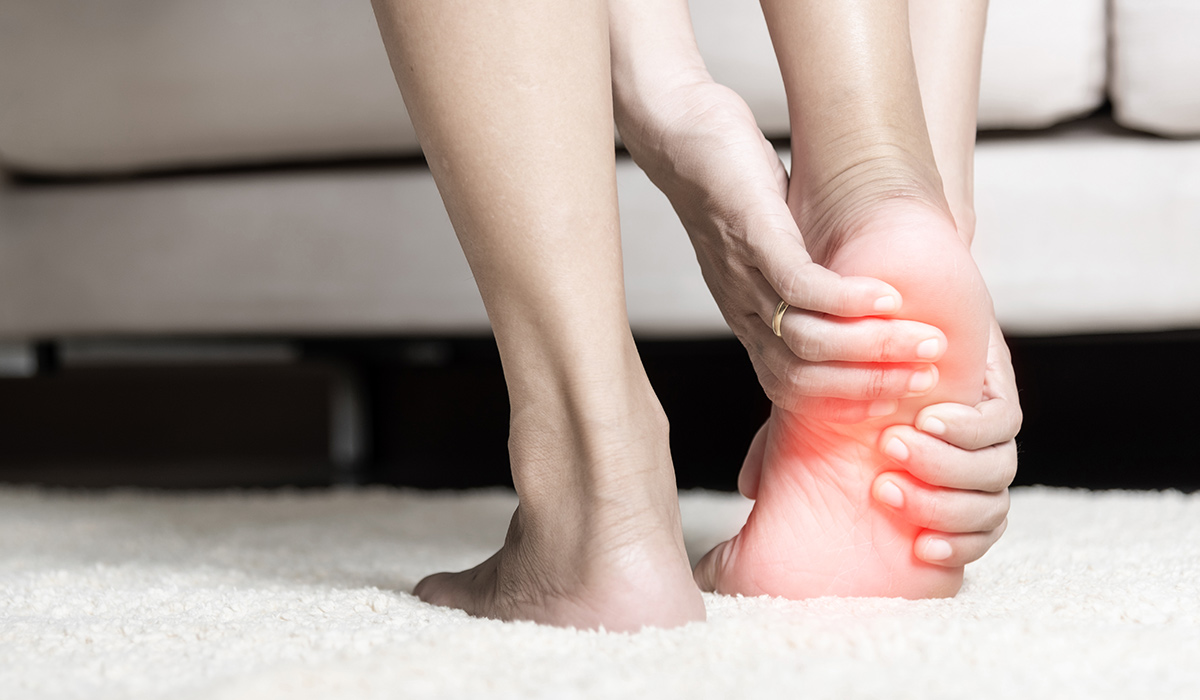
Neuropathy is a disease of the peripheral nerves. Discover what are the most common neuropathy symptoms and ow to deal… read more »
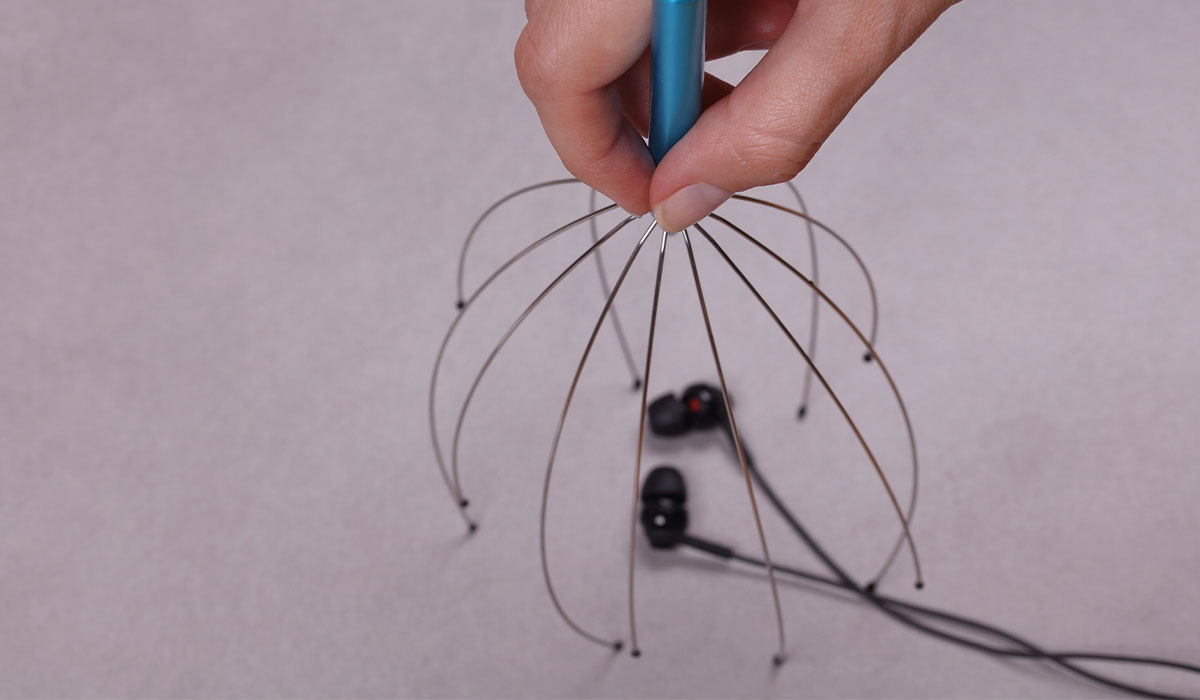
ASMR is the feeling of a pleasant tingling in the body, created in response to external sensory stimuli. What triggers… read more »

Motion sickness can significantly impede daily functioning. The causes are still not precisely known. Find out about treatment methods and… read more »

Autism Spectrum Disorders (ASD) are a group of developmental disabilities. Check out the symptoms and diagnosis. Learn, how to help… read more »
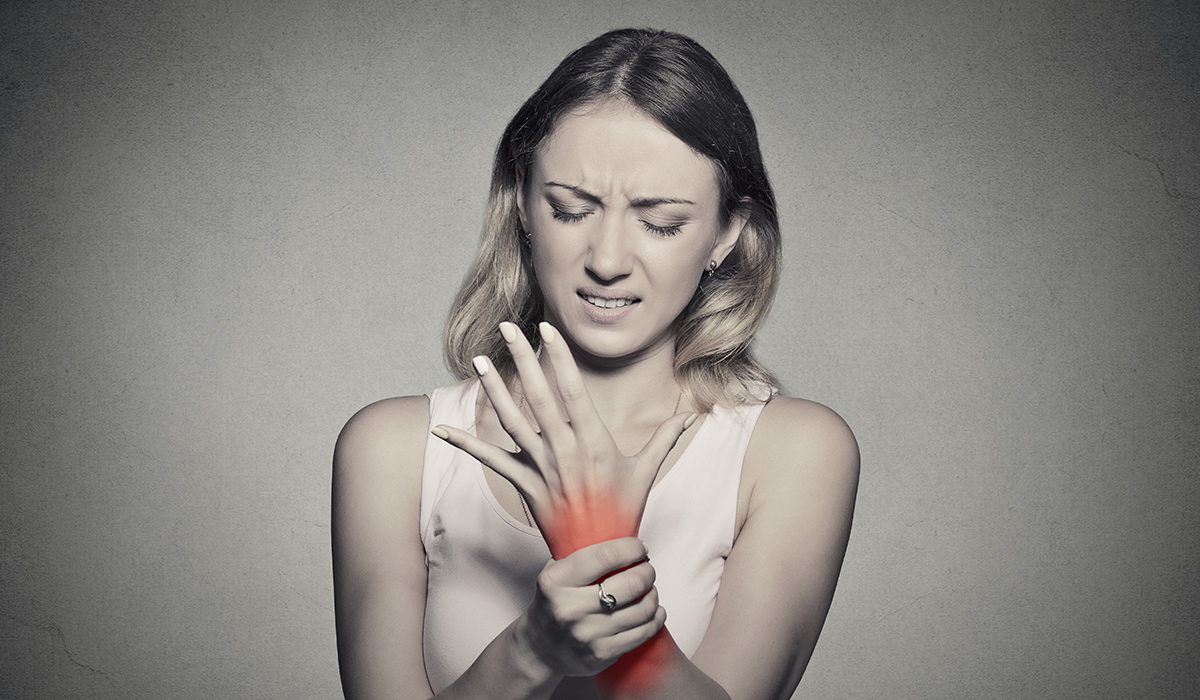
Neuropathy is a disease that influences nerves. Learn what are the symptoms and causes of neuropathy. Check out how it… read more »
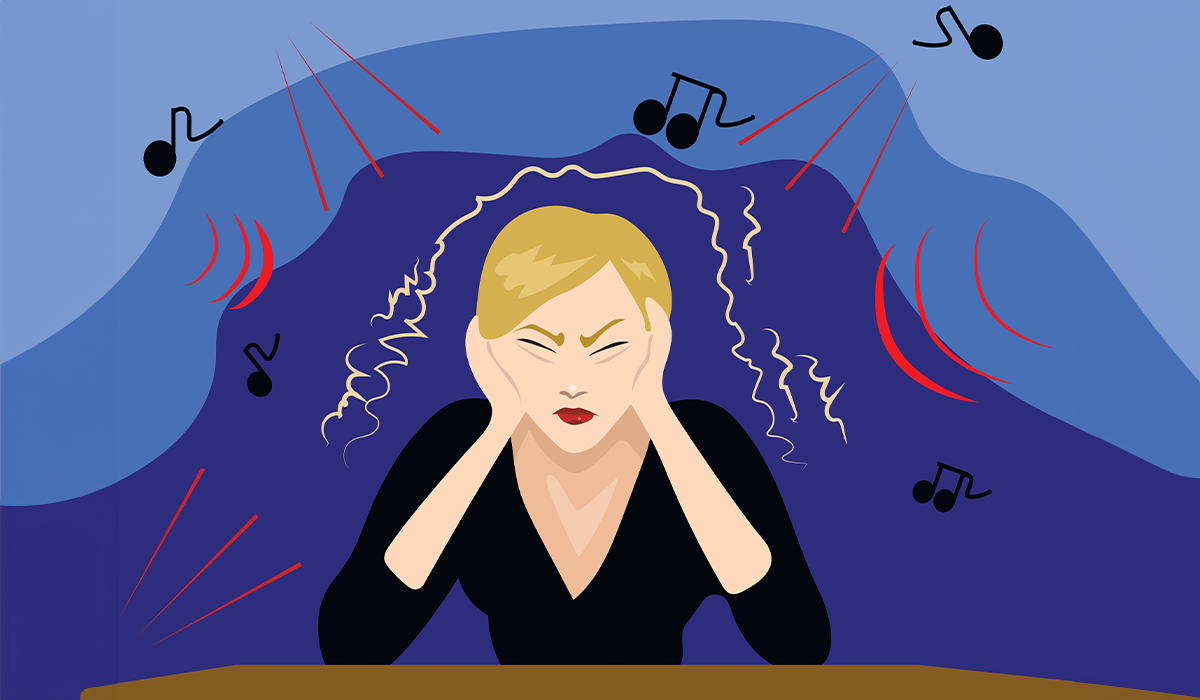
Misophonia is an inappropriately strong reaction to specific sounds. It occurs in many disorders. Learn about the meaning of misophonia… read more »

Nerve is a bundle of fibers made up of neurons that transmit sensory and motor information between different body parts… read more »
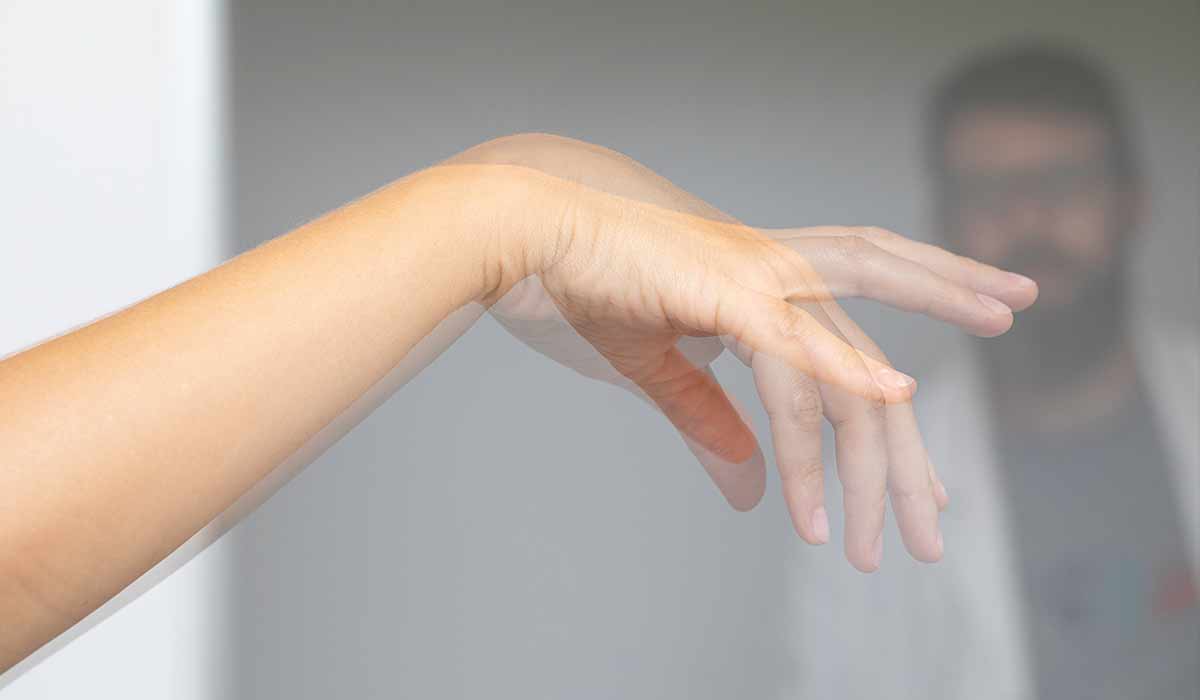
Ataxia is a motor coordination issue when individuals struggle with exact movements, holding the correct posture, or having standard walking… read more »